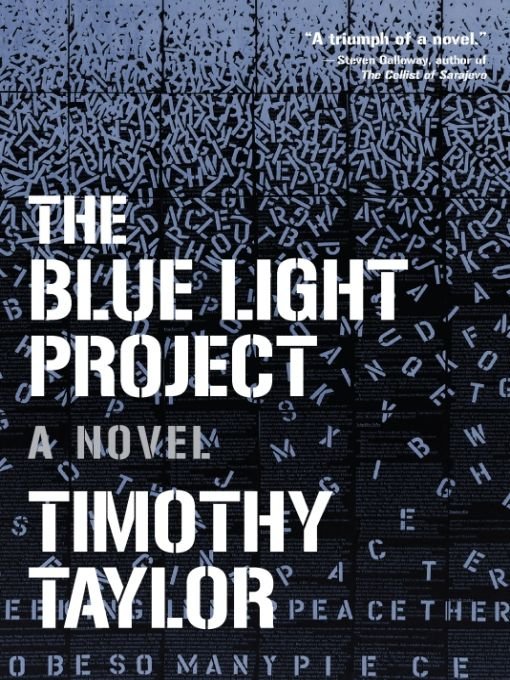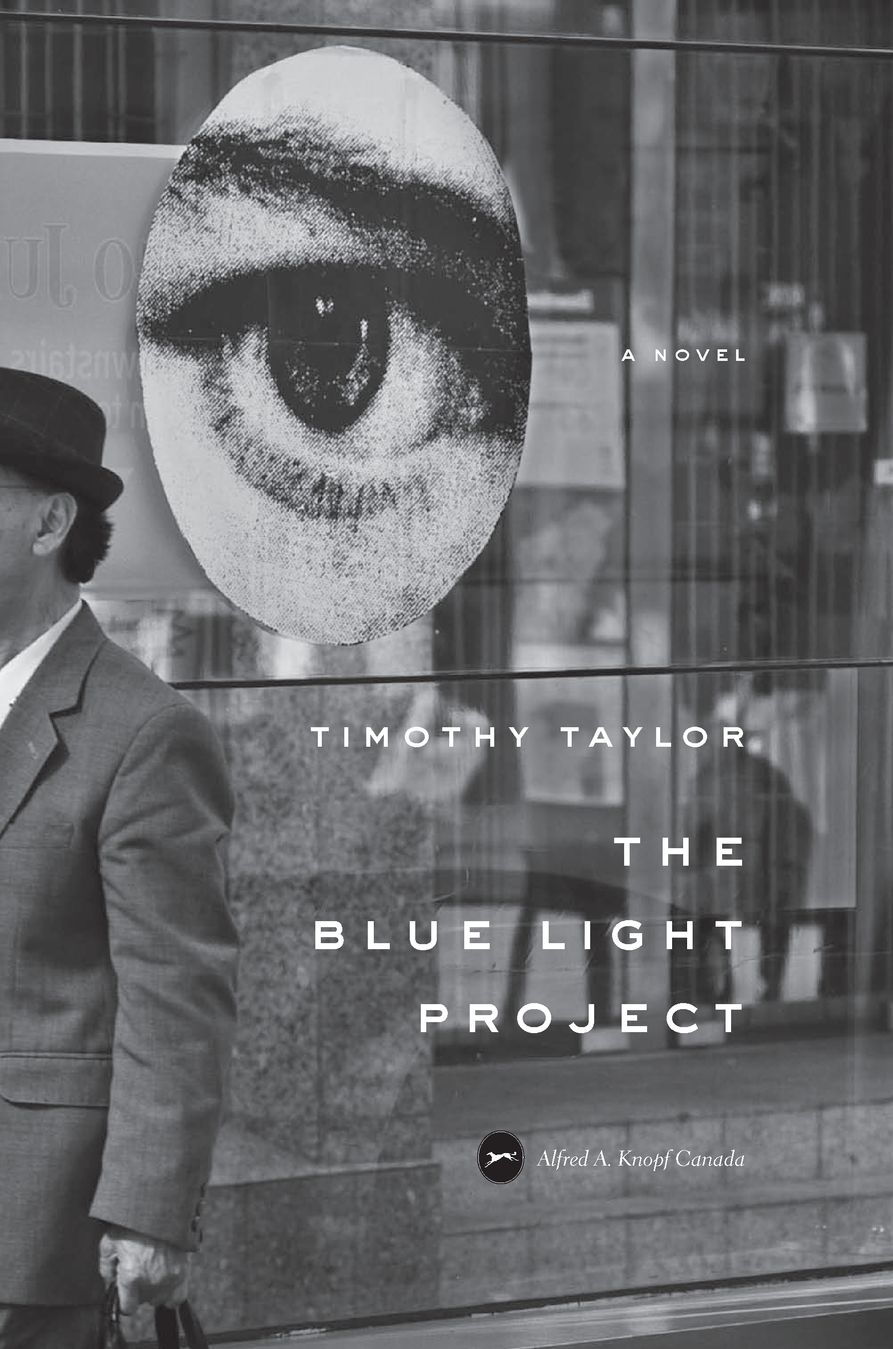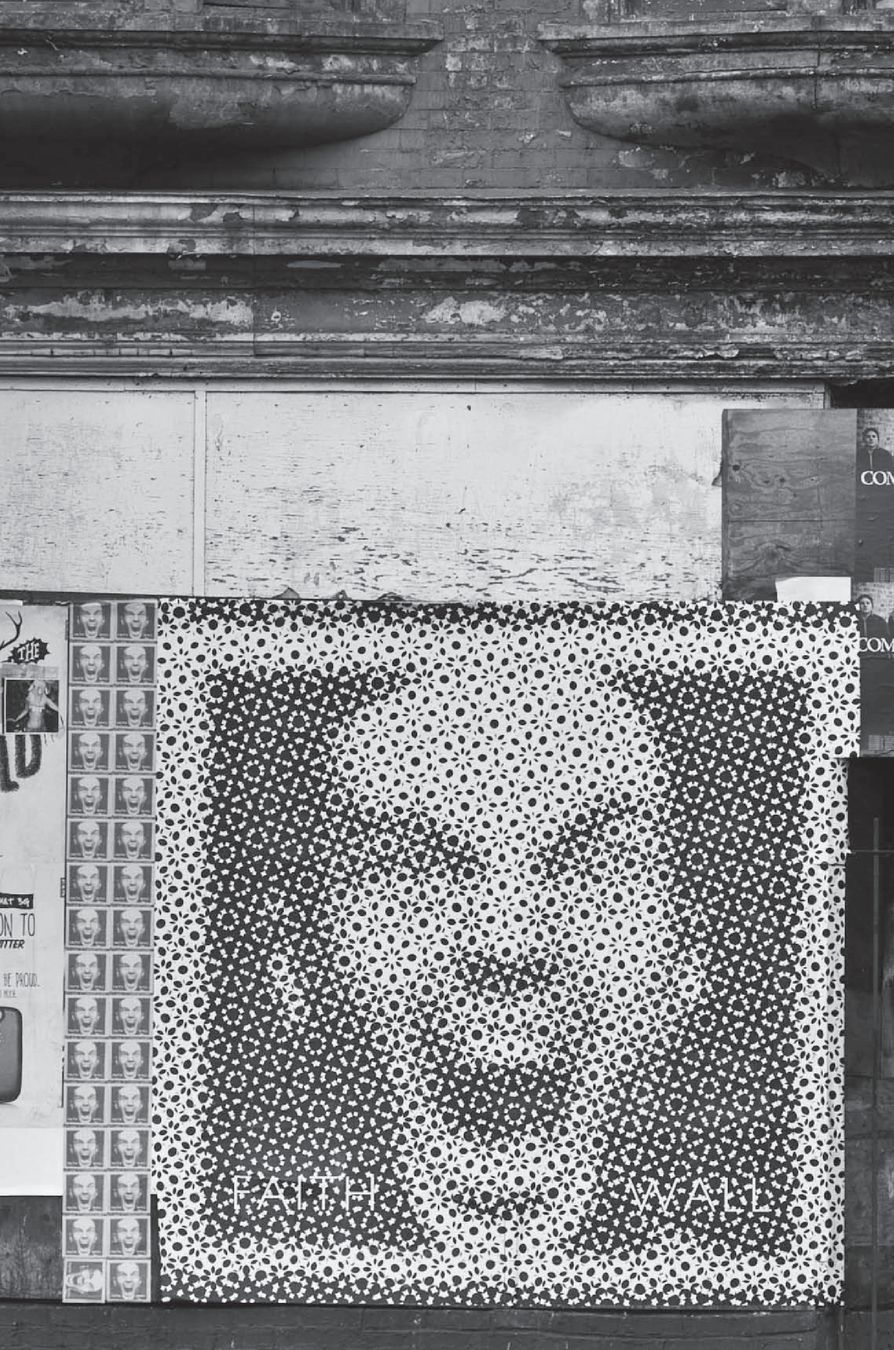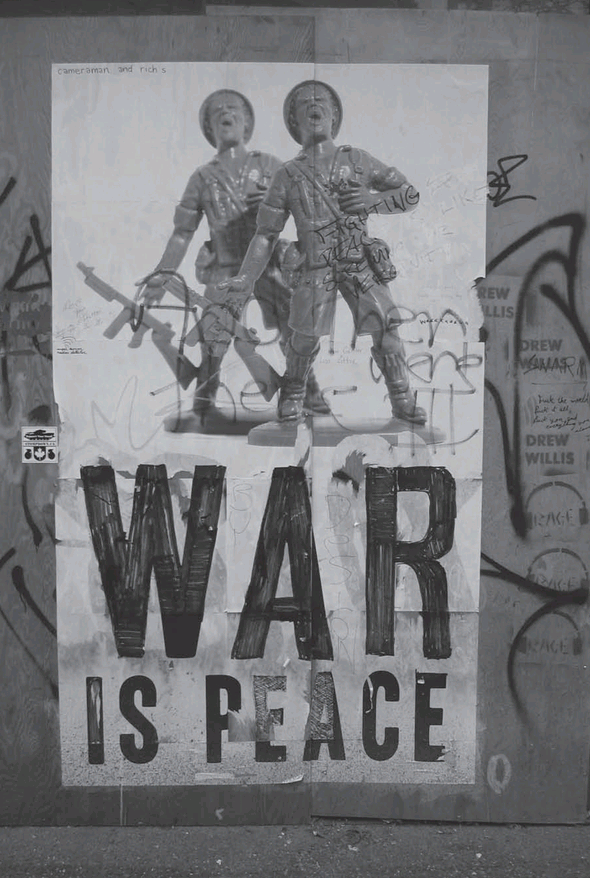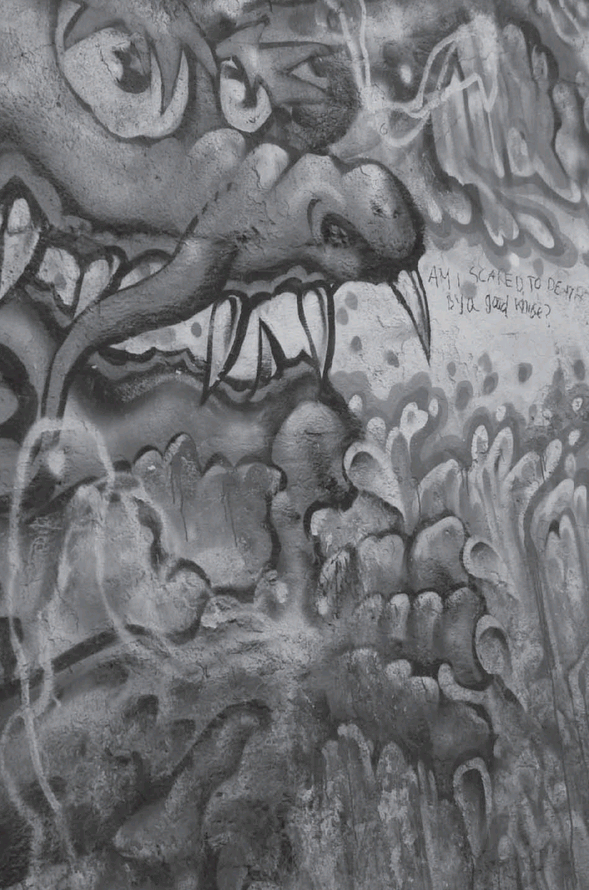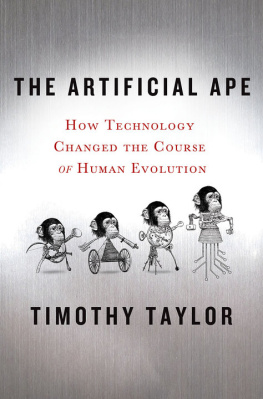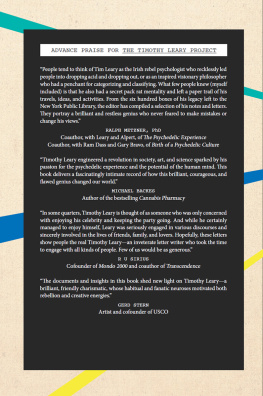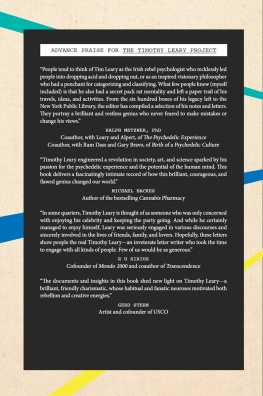PART I. The gold medalist
Shes beautiful. Let me just say that at the outset. A person could pretend they didnt notice, but that person would probably be lying. Ive lied before. Ive lied notably, some might even say infamously. But this is the truth: shes a classic willowy, green-eyed beauty. And she carries it in a way that might surprise if youve based your impression on the ads and the television spots. In person, there is nothing endorsement, nothing podium about her. No flashing of the winning smile. No casual glancing around for the nearest camera. In person, its all about health and natural athleticism, straw-blond hair and a perfect dusting of freckles over tanned cheekbones. Ive heard her described as having Midwestern looks, but that doesnt quite get to the essence of it either. The essence is that she seems beyond regions and sources. As if she came from everywhere and so belonged to everyone. As if, and this is related, she came from nowhere and belonged to no one.
This is the first of three excerpts from Thom Peggs book, Black Out, Blue Light, about his experience during the Meme Media Hostage Crisis, to be published this fall. Pegg worked for six years as a Senior Features Editor at L:MN, an entertainment periodical. He lives in Los Angeles.
I know how this sounds coming from a person like me, who has worked for years too long inside the machinery of fame, leaned in close against the grind and squelch of it. The fan is always the mark. Celebrity is a con. Who wrote that, years ago, as if it were a great insight? Me, of course. I wrote that years ago as if it were a great insight. Still, when I first saw her, I was hit by the whole suite of symptoms: the adrenal spike, the sense of brightening, of possibilities opening wide. And like the strike of a crystal bell in my inner ear, like a breath whispering through my body at the cellular level, I heard her name: Eve Latour.
Of course, everybody up in the Heights that morning seemed to be slightly lost. Id been wandering the city myself since first light, a dread chill in the air, flinty breeze off the river, the skies above me all smoky and heaving. The pale October sun leaked only briefly through bruised and purple clouds before slouching away. I stood just a few blocks from the plaza, which had been the epicenter of the troubles, and evidence was still everywhere. Broken glass glittering in the street. Sirens scoring the air. Smoke rising. I saw the remains of a car that rioters had burned earlier, the interior gutted and blackened, soaked by fire hoses and steaming in the watery light. Police and troops wandering around. The recent events continuing to dominate every news broadcast. The Meme Media Hostage Crisis, as we were all calling it. On the hour and the half hour, they laid it out again and again, from inception to climax, and made no further sense of anything. You could see it in the anchors faces. Incomprehension in the furrows between plucked eyebrows even as they tried to explain how events unfolded. The Meme studio theater stormed in ghostly silence. A strange pulse of energy felt on the skin by everyone in a six-block radius. And then the strange agitations of a stricken crowd: a vigil turned riot in the predawn blue.
We stumbled. We reeled. We looked into each others faces for clues.
Eve Latour stood holding a newspaper in one hand. A fingernail of her other hand traced across her cheek as she read. Mill-town sky, the clouds sagging low behind her. She stood against this backdrop, tall and lean, with an easy grace and natural strength. While reflected in the broken front window of a dog grooming salon, I saw myself: addled, disarranged. My expression confused, smudged with lack of sleep. I looked as creased and untucked as my clothes. As lost as the one shirt collar point popping free of my jacket.
Police cars and fire trucks crisscrossed the hillside. Helicopters hovered watchfully, dipping down out of sight behind rooflines, or pivoting in place and angling off to other quadrants of the city. I could hear the citys landmark waterfall down at the river, the never-ending white keen of it. Eve stood calmly in the midst of this, reading, thinking.
Id walked from the north side, from my hotel downtown across the river where the streets were almost untouched by what had happened here. Id crossed one of the bridges and made my way through the inner-city area of Stofton, then on up into the gentrified Slopes. I knew these neighborhoods, having been born and raised here, long ago. Yet as I covered the ground, Id slowly become aware of my own uncertainty about where I was exactly or where I was going as I pushed on, going block by block, turning down a street or cutting through a park. And everywhere I saw people who looked to be in a similar condition, heads turning, faces slack, drifting through the strange familiar.
There were no birds anywhere. No pigeons, crows, no geese or grebes. When I crossed the boulevard that marked the boundary of the Heights, a man stopped his car and rolled down the window to tell me that hundreds of people had been arrested and were being held in temporary detention centers down by the east side rail yards. I judged from his facefrom his suit jacket, his car, his wristwatch with many dialsthat he wasnt the sort of person who believed rumors easily, but that something had changed. Belief was now very close. Belief that some hidden badness had been flushed into the open and exposed. A hidden badness in us. A plague of ourselves upon ourselves.
I climbed up the streets and into the Heights. Traffic clotted and broke out of its patterns. The main routes up into the plaza were cordoned off, yellow tape shimmering in the light and wind. Armored cars were parked next to the fountains, between the park benches, in front of cafs. Troops wore gray-mottled city camo fatigues with black knee pads and throat mikes, helmet-mounted cameras. I took a random turn into a narrow avenue lined with high-end clothiers and boutique law firms, a cosmetic surgeon. Broken glass in the street. The air smelled of rubber, burnt sugar, nylon. Eve Latour didnt belong in the scene at all, I thought. She lived in my memory as a heroic figure on alpine landscapes with crisp air and wide sight lines. Yet as I stood staring, I felt that our arrival there had somehow been planned: place and persons, trembling moment.

